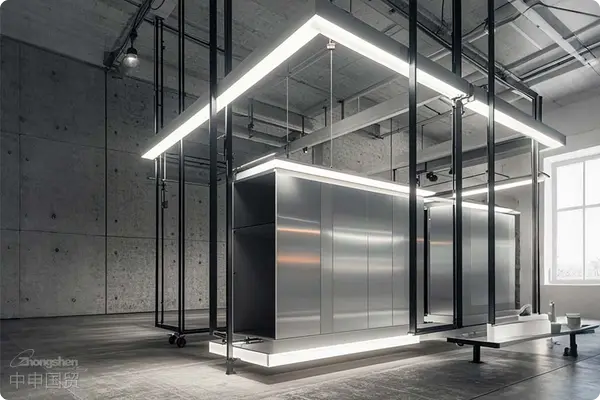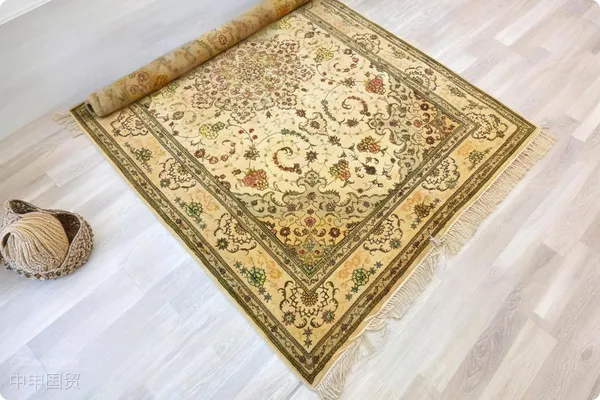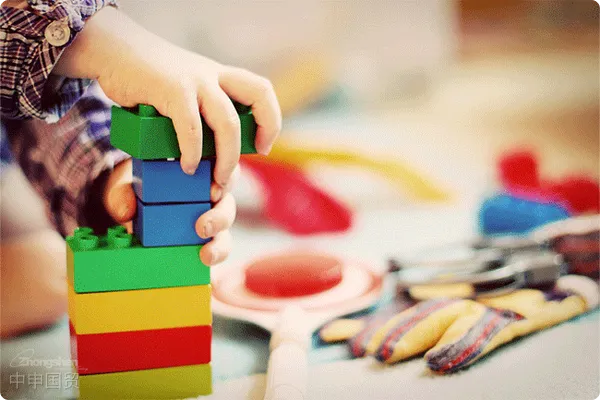- Shanghai Zhongshen International Trade Co., Ltd. - Two decades of trade agency expertise.
- Service Hotline: 139 1787 2118
In the United States, LED fixtures and lighting devices must comply with Part 18 of the Federal Communications Act (FCC), which pertains to the electromagnetic compatibility of radio frequency equipment. Specifically, all lighting products must complete a Declaration of Conformity (DoC) or certification to prove they do not cause interference to radio and communication equipment.

Manufacturers or importers must prepare technical documentation related to the product, including product descriptions, manuals, and electrical drawings.
Submit the product to an FCC-accredited laboratory for testing, including electromagnetic compatibility (EMC) tests.
Certification Process:
If the product passes the tests, the laboratory will issue a test report, based on which the enterprise declares the products compliance with FCC requirements.
Finally, the enterprise must affix the FCC mark on the product and packaging to indicate its certification.
II. CE Certification for Lighting Fixtures (European Union)
In the EU market, the CE mark is the passport for product entry. All LED fixtures sold in the EU must meet CE certification requirements, proving compliance with EU safety, health, and environmental standards. For lighting products, CE certification primarily involves the Low Voltage Directive (LVD) and the Electromagnetic Compatibility Directive (EMC).
General requirements and testing standards for lighting fixtures.
Photobiological safety standards for LED products.
Applicable standards:
? EN 60598-1: General requirements and testing standards for luminaires.
? EN 62471: Photobiological safety standards for LED products.
Certification Process:
The manufacturer prepares the technical documentation for the product, including the risk assessment report, design documents, and test reports.
If the product involves high risks (such as LVD), it may require evaluation by a third-party certification body.
After passing all necessary tests, the manufacturer can self-declare the EC Declaration of Conformity and affix the CE marking to the product.
III. Luminaire CB Certification (Global Mutual Recognition)
CB Certification is established by the International Electrotechnical Commission (IEC) as an international electrical equipment safety certification system, which helps enterprises simplify the multi-country certification process. LED luminaires with CB Certification can smoothly convert to local certification marks in multiple countries and regions participating in the CB System.
Applicable standards:
? IEC 60598-1: General requirements and testing standards for luminaires.
?IEC 62471: Photobiological safety standards for LED products.
?IEC 62560: Special requirements for LED bulbs.
Certification Process:
The enterprise selects a CB-qualified certification body to submit an application and provides product samples and technical documentation.
The certification body tests the product according to IEC standards.
After passing the tests, the enterprise can obtain the CB Certificate and CB Test Report.
The enterprise can use the CB Certificate to apply for certifications in multiple countries.
IV. Luminaire UL Certification (USA)
UL Certification is one of the most authoritative product safety certifications in the North American market. Obtaining UL Certification means the product has passed rigorous safety tests and complies with the electrical safety standards of the United States and Canada.
Applicable standards:
?UL 1598: Luminaire standards
?UL 153: Portable luminaire standards
?UL 1993: Self-ballasted lamp standards
Certification Process:
Application Submission:The manufacturer submits an application to UL and provides relevant product information.
Product testing:UL laboratories conduct safety tests on the product, including electrical strength, insulation, fire risk, etc.
Factory inspection:UL will review the manufacturers production facilities to ensure their capability to consistently produce compliant products.
Certificate issuance:After the product passes testing and factory audit, UL issues the certification certificate, and the enterprise can affix the UL marking to the product.
V. Luminaire SAA Certification (Australia)
SAA Certification is an important threshold for entering the Australian market, especially for electrical products such as LED luminaires, which must obtain SAA Certification to be sold in Australia.
Applicable standards:
?IEC 60968: Safety standards for LED bulbs, incorporating Australian deviations.
? IEC 60598-1: General requirements for luminaires, incorporating Australian deviations.
Certification Process:
The enterprise can directly apply for SAA Certification or convert from a CB Report to SAA Certification.
Provide product samples and technical documentation for compliance testing.
After passing the tests, obtain the SAA Certification certificate, and the enterprise can affix the SAA marking to the product.
VI. Luminaire RoHS Certification (EU)
RoHS certification is a mandatory environmental certification in the EU, primarily restricting the use of certain hazardous substances in electrical and electronic equipment, including lead, cadmium, mercury, etc.
Applicable standards:EN 1122: Testing standard for hazardous substances.
Certification Process:
Enterprises need to conduct chemical analysis of product materials to ensure they contain none or only minimal amounts of restricted substances.
Testing through authorized laboratories to confirm compliance with RoHS requirements.
After obtaining RoHS certification, products can enter the EU market with the RoHS label.
VII. Energy Star Certification for Lighting Products (USA)
Energy Star is an environmental program jointly implemented by the U.S. Department of Energy and Environmental Protection Agency to promote energy-efficient products. LED lighting products with Energy Star certification indicate high energy efficiency and compliance with environmental requirements.
Applicable standards:Energy Star standards: Cover multiple indicators including lumen efficiency, switching durability, start-up time, and lifespan testing.
Certification Process:
Enterprises submit applications and provide product samples and technical documentation.
Conduct energy efficiency testing at accredited laboratories, including luminous flux, power factor, etc.
After passing the tests, enterprises can obtain Energy Star certification, and products must bear the Energy Star label.
Exporting LED lighting products overseas requires meeting various certification requirements across different markets, from electromagnetic compatibility and energy efficiency to environmental safety, each with its unique entry barriers. For exporting enterprises, understanding and fulfilling these certification requirements is a crucial prerequisite for ensuring smooth entry into international markets. We hope this article provides strong support for your LED lighting export journey, helping you achieve greater success in the global market.
Related Recommendations
? 2025. All Rights Reserved. Shanghai ICP No. 2023007705-2  PSB Record: Shanghai No.31011502009912
PSB Record: Shanghai No.31011502009912










